SUMMARY
This is AI generated summarization, which may have errors. For context, always refer to the full article.

CAGAYAN DE ORO CITY, Philippines – One of the Cagayan de Oro City’s top broadcasters, Magnum Radio, has been romanticizing the Marcos Martial Law period like it was the golden age of governance in the Philippines.
Its top commentator Albino “Jun” Quinlog read text messages from his listeners on Wednesday morning, May 25, after he asked if they thought that the late dictator Ferdinand E. Marcos deserved to be elevated to hero status.
The messages Quinlog read on air were from people who thought that the late father of presumptive president Ferdinand “Bongbong” Marcos Jr. should be considered a hero.
A day before that, Quinlog also asked his listeners if they preferred martial law over democracy.
Nearly all those who responded were convinced that the country needed to be placed under martial rule again so that “Filipinos would be disciplined.”
Another Magnum Radio commentator, Manny Agustero, has been praising the infamous Martial Law period even before the elections, repeatedly asserting that life was much better under the Marcos dictatorship.
Not once did the radio commentator discuss the excesses and atrocities committed during the infamous Martial Law period.
Forty years ago, then-Cagayan de Oro mayor and opposition leader Aquilino “Nene” Pimentel Jr. issued an executive order to observe Press Freedom Week in the city every last week of May as a political statement against the way the dictatorship muzzled the critical press.
The Cagayan de Oro Press Club (COPC), the city’s largest media organization, is leading this week’s 40th celebration of the Press Freedom Week which it has been doing since May 24, 1982.
But many of the journalists who organized and took part in the first Cagayan de Oro Press Freedom Week activities 40 years ago are no longer around, and the city’s present media workers, many of whom were not even born yet in 1982, have either forgotten or have no memory of the years of dictatorship.
The COPC’s theme for this year’s celebration itself is raising brows. It reads, “Ang prensa sa bag-ong kagamhanan (The press of the new government).”
In his memoir, Martial Law in the Philippines: My Story, the late senator Pimentel recalled: “There was one major speech that I delivered before the Cagayan de Oro Press Club on the occasion of the first celebration of Press Freedom Week on May 24, 1982. (As mayor, I issued an executive order to observe Press Freedom Week in the city every last week of May. It was my way of encouraging the media in Cagayan de Oro to exercise the freedom of the press in the city while the Martial Law regime suppressed this freedom in other parts of the country.)”
Former COPC presidents said it was disheartening that many of Cagayan de Oro’s media workers were observing this year’s Press Freedom Week without context and a clear understanding of why Pimentel issued the executive order in 1982.
Dolly Ilogon, a former COPC president, said Pimentel’s act was a political statement against the years of dictatorship, and she was saddened because only a few remember and were holding the line.
Eduardo Montalvan, who was president of the COPC before the 1972 Martial Law declaration, said the annual celebration has been reduced to seminars, sports activities, and dinners through the years, and many eventually lost grasp of the meaning of the Cagayan de Oro Press Freedom Week celebration.
“Maybe the reason is that in this place of ours, we hardly experience the lack of press freedom,” he said.
Uriel Quilinguing, another former COPC president, said many of Cagayan de Oro’s broadcasters report news about the Marcos years without historical context.
“Their station managers, most of them older than their reporters, and owners of radio stations should have taken the cudgels of providing them the historical facts,” Quilinguing said.
Cong Corrales, editor-in-chief of the Mindanao Gold Star Daily, called on the city’s journalists to observe the local Press Freedom Week by celebrating hard-earned victories and taking stock of the prospects of journalism.
Corrales said it was “tragic that many of the newer members of the local press have lost sight of the context.”
“[Journalism is] more than an occupation or a job. It’s a vocation that requires passion to inform so that citizens can arrive at intelligent and informed decisions,” he said.
Businessweek Mindanao editor-in-chief Nelson Constantino blamed the proliferation of falsehoods on social media which he said “changed the paradigm.”
“The new generation of journalists was not spared from massive disinformation flooding the world wide web. And charlatans were taking advantage of sowing falsehood. All these caused the waning spirit of press freedom fighters,” he said.
Montalvan said the city’s new media leaders need to think of programs “to instill in the hearts and minds of everyone what press freedom really is.” – Rappler.com
The author served as Cagayan de Oro Press Club president from 1999 to 2001.
Add a comment
How does this make you feel?
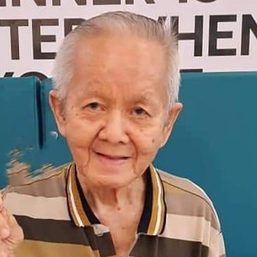
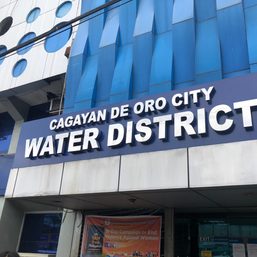
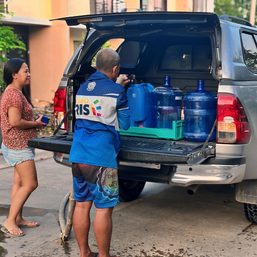
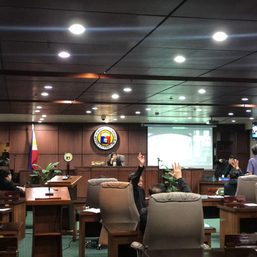
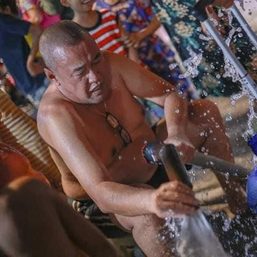
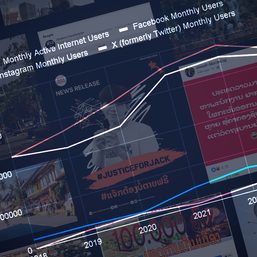
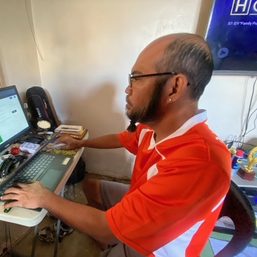


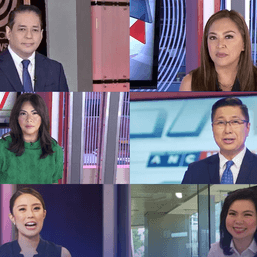
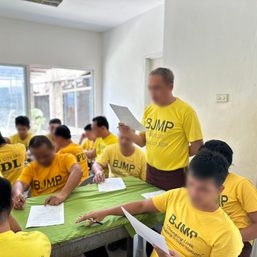
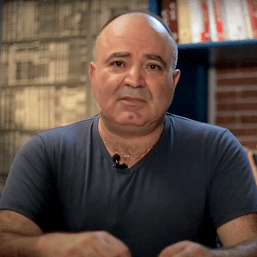
![[Newsstand] The media is not the press](https://www.rappler.com/tachyon/2024/04/tl-media-is-not-the-press-04132024.jpg?resize=257%2C257&crop=281px%2C0px%2C720px%2C720px)
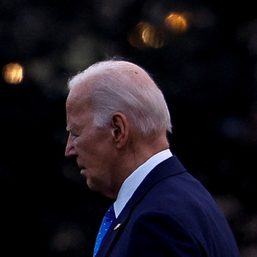
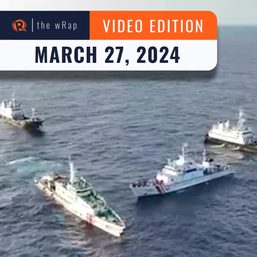
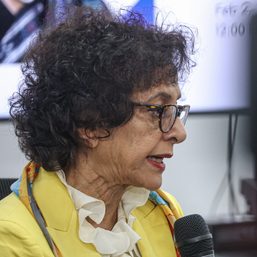
There are no comments yet. Add your comment to start the conversation.